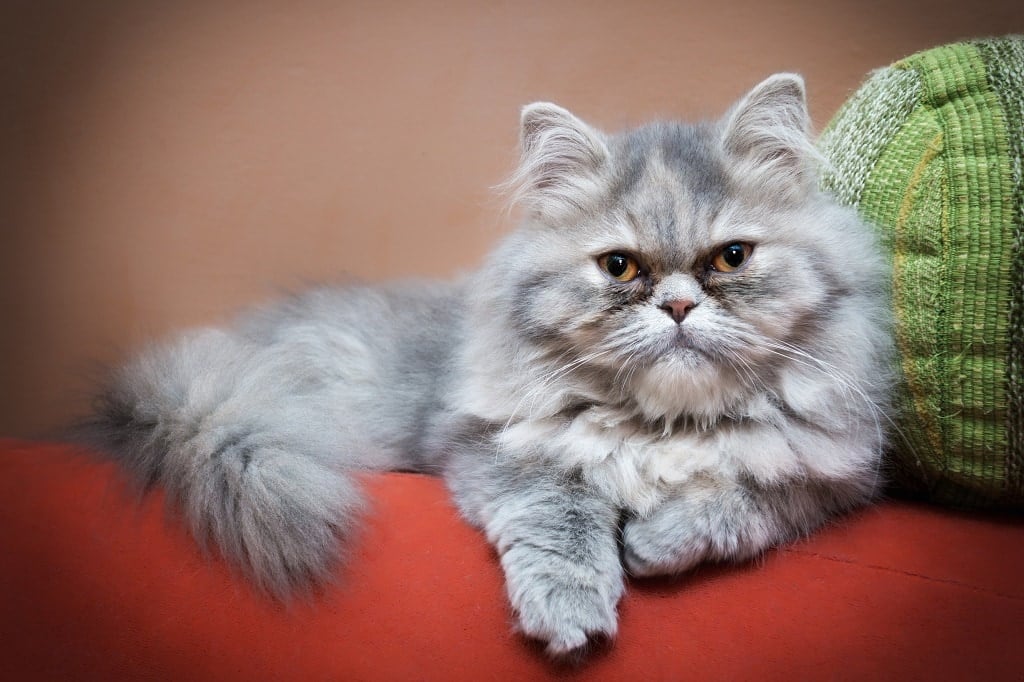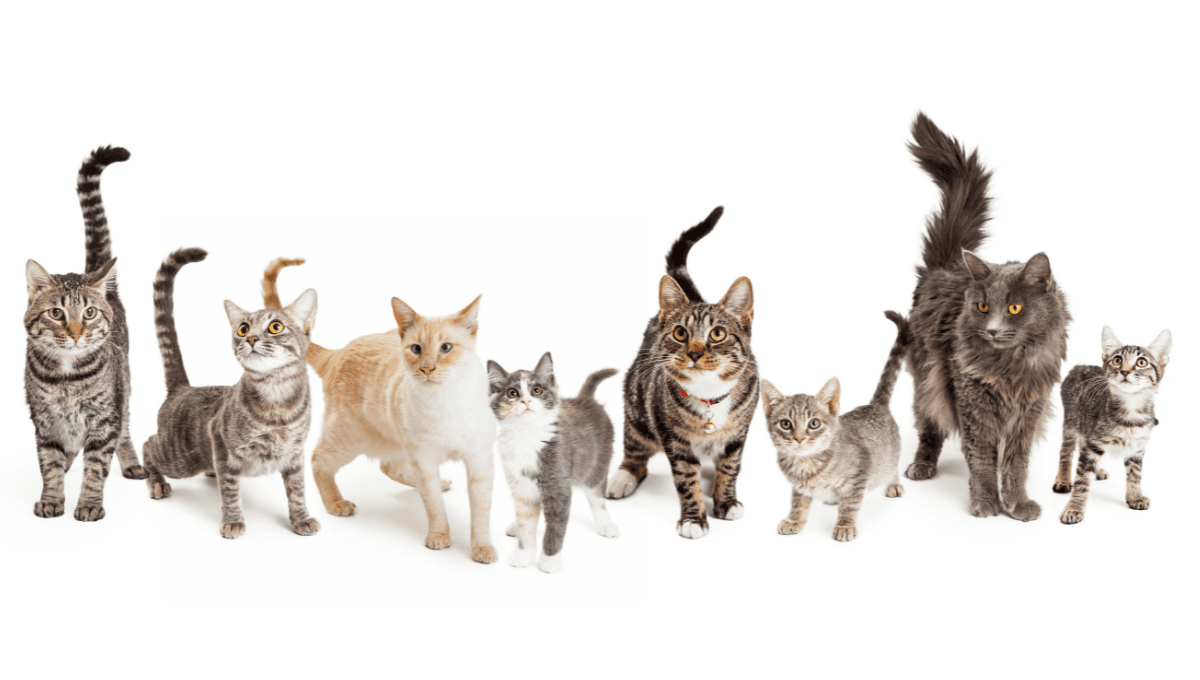If you are looking for fun facts about cats, then you have found the right article!
We have compiled a great list of interesting facts about cats for kids! Often these creatures can be found in homes around the world as a very much-loved pet. What do we really know about them and why do they act the way that they do? What are some of their characteristics? Read on for some cool facts about cats.
We have put together some interesting facts about cats and kittens. So, if you are talking about the cats or pets in school, or trying to find facts about cats for a fun project, this article will give you the cat information you need to help you ace that assignment about cats. Here are our cats tips and facts to help you!
All about cat facts for kids
Some basic cat information and cat trivia for kids:
-
What are cats?
Plenty of cats are found around homes all over the world. Adored pets in many countries, but there are countries where they roam wild (some are found wild in Australia). There are different breeds from short-hair, long-hair and even no-hair at all! They also come in many shapes and sizes (and colours).
The term ‘big cats’ refers to those larger than the cats found in homes as pets. These include cats such as lions, tigers, panthers, cheetahs and leopards.
Cats typically weigh up to 5kg. They range in length with the male usually a little bigger. Cats have a great sense of smell and hearing. They are also very sensitive to touch, particularly around the whiskers and ears.
The claws of a cat are retractable which means that they can draw them back in when not in use. Claws are useful for climbing and when hunting (or playing!).
-
What do cats eat?
Cats are meat-eaters (also known as carnivores). Cats in the wild typically hunt for their food. At home as pets, a lot of foods have been developed to provide them with a well-balanced diet.
In the wild, cats are nocturnal by nature. Their eyes will become wide and can shine in the dark. This will allow them to identify prey. They will feed on rodents and love fish!.
-
Facts about kittens
Females can start having babies from approximately 7 months of age. A ‘queen’ is the name given to a breeding female. A ‘kitten’ is the baby name of a cat. Often mums will have a number of babies in one go (a litter).
Mum’s will look after their babies. Kittens stay with mum to feed on the milk that she produces. They are also taught a few things (until usually around 12 weeks). Babies should not leave mum until they are fully weaned (this means that they are no longer feeding from mum directly and are independent).
If you would like some stickers to embellish your facts about cats project, click here.
What are the different types of cats?

As mentioned, there are a number of different species of domestic cat. Usually found in two categories (short-hair and long-hair). There are many, but a few include:
Bengal cat:
They are remarkable to look at as they could be mistaken for a mini tiger! Markings are very similar.
British Shorthair:
As the name suggests, they have short length fur. Yes, they originated in Britain. Their coat is thick and soft and colouration varies.
Burmese Cat:
They have very soft and silky fur which is short in length. They are stockier than other breeds.
Persian Cat:
Noted for their long coats.
Ragdoll Cat:
A very popular breed of cat. Their coats are long and very soft to touch.
Siamese Cat:
They are easily recognisable with lighter bodies but darker areas around their paws, ears, face and tail.
Sphynx Cat:
Completely hairless! No fur whatsoever.
Are cats domesticated? Facts about cat behaviour

Yes! Lots of cats are domesticated. Cats that we have at home are called domesticated.
So maybe you have a cat at home that you help to look after. There are some behaviours that cats are famous for:
Purring: A soft sound that the cats make when they are relaxed. Often associated with contented cats being cuddled. It sounds like a humming noise.
Spiky tongue: Cats have a very coarse, roughened texture to their tongue. Cats are self-cleaning animals, so you will often see them licking their fur and washing their faces. The coarseness of the tongue helps with this task.
Head bumping: Cats often nudge their heads and cheeks against you. This is a social trait that deems you as a safe person.
Cat crying (Meow): A cat often meows for a number of reasons. Sometimes it’s just to let you know that they are around and are saying ‘hello’. Other times it could be to let you know that they are hungry or thirsty. It could be because they are feeling unwell. Meowing is an attention call. They can range in loudness and frequency so it is useful to understand why your cat is making the sound (or if it’s just saying hello!).
Cats and heat: Cats love the warmth. Often you will see cats stretched out enjoying the sun through a window, or making itself comfortable in a snuggly blanket.
Sleepiness: Cats absolutely love sleeping. They will get many hours of sleep through the day, particularly when warm and comfy!
More fun facts about cats
- Garfield, the famous cat, is a Persian breed!
- Cats are unable to climb down from a tree head first, due to the positioning of their claws!
- Most cats do not like getting wet.
- A cat has successfully travelled to space!
- Cats typically live up to 15 years of age.
- Cats have 30 muscles that control their ears.
- A male cat is a ‘tom’.
- A ‘clowder’ of cats refers to a ‘group’ of cats.
- A cat can run up to speeds of just under 50 kph.
- Cats can survive falls from long distances – they have a reflex that allows them to land feet first.
- Cats do not see colour very well.
- A cat can sweat through its paws!
- Cats like to hide – you will often find them curiously checking out boxes or cupboards to hide in!
- Cats can make their tails look bushier when they are angry (they also arch their backs)
How can we help cats?
The cat fun facts for kids are a great way to learn about these beautiful creatures. We are very lucky to be able to be so up close and personal with them. If you spend time giving a cat attention and understanding what it needs, you will be well rewarded.
There is a lot of advice on how to best look after your cat. Keeping cats indoors (or contained cat enclosures), to keep both them and the wildlife safe, is highly recommended in Australia. As mentioned, cats are hunters and can get caught up in catching protected wildlife or coming to harm from a predator.
If keeping cats indoors, you will need to invest in litter trays and teach your cat to use it when going to the toilet. Cats are very intelligent so this should be an easy task. Cats also like to scratch to keep their claws sharp. Many products exist for domestic cats such as scratching posts and materials (it also prevents them from using your much-loved furniture!).
If you are thinking of investing in a cat as a pet, why not take a look at some of those that are in rescue centres and talk to some of the experts to better understand how to look after them.
If you would like to learn more facts about cats, check out these cool books about cats.

